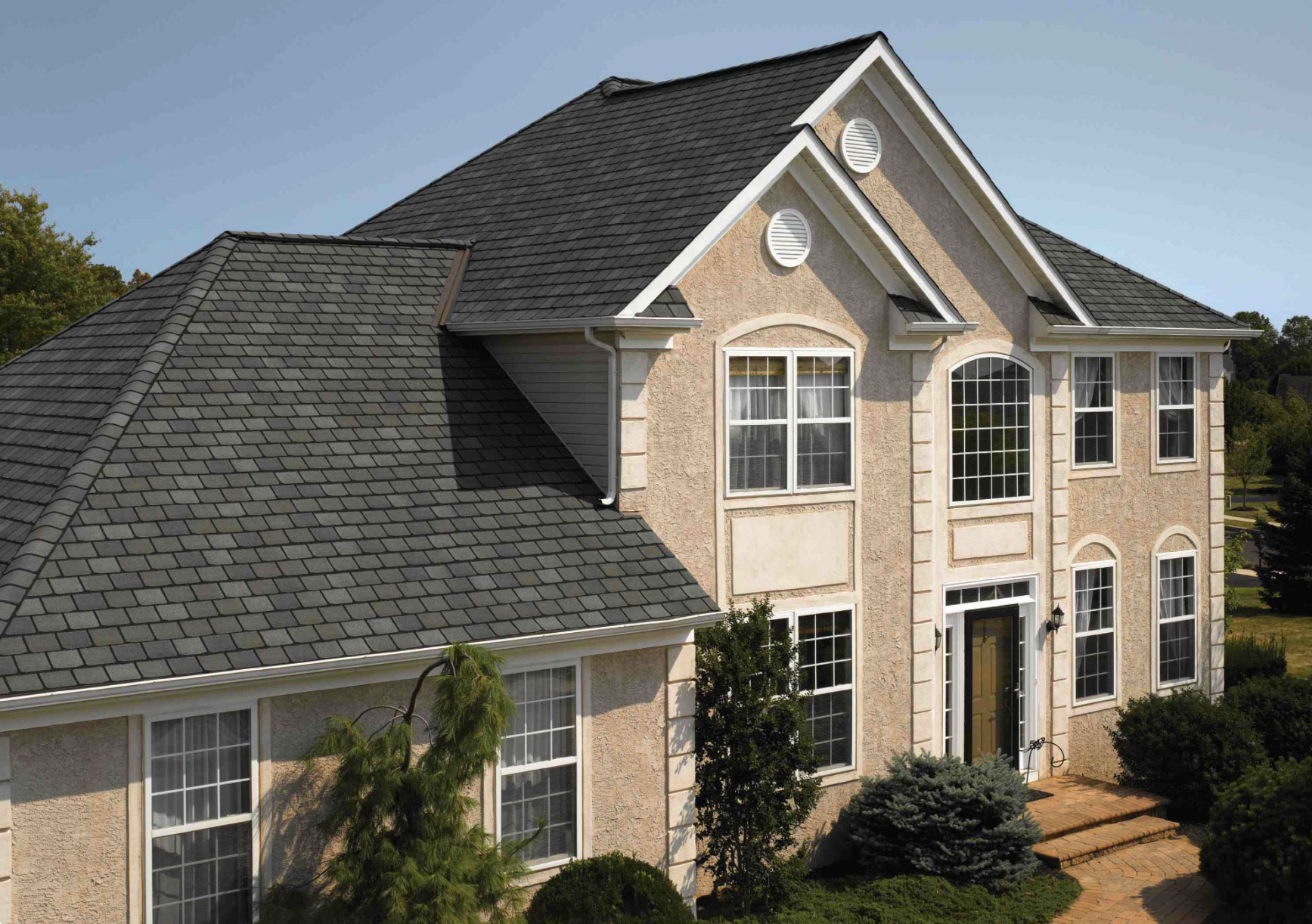What are the strategies of roof inspection?

Roof inspections are important for identifying potential issues and ensuring the longevity of your roof. Regular inspections can help detect problems early, preventing pricey repairs or replacements down the road. Here are some frequent strategies and steps for conducting a roof inspection:
Visual Inspection:
a. Exterior Inspection:
Start by inspecting the roof from the bottom using binoculars or by safely climbing onto a ladder to get a better look.
Look for seen indicators of injury, such as lacking or damaged shingles, curling or buckling shingles, or free or deteriorated flashing round roof penetrations.
Check for https://diigo.com/0vor19 , moss, algae, or lichen progress on the roof, which may point out moisture-related issues.
Inspect the gutters and downspouts for granules from shingles, as extreme granule loss can sign shingle put on.
b. Interior Inspection:
Go into the attic or crawl space and inspect the underside of the roof deck for indicators of leaks, moisture, or water stains.
Look for daylight coming through cracks or holes in the roof deck, which may indicate roof harm.
Check for signs of insulation damage, mildew, or mildew growth, which might outcome from roof leaks.
Roof Walk:
a. If it's secure to do so, stroll on the roof surface to examine it up close.
b. Be cautious and wear applicable security gear, such as non-slip footwear and a security harness if needed.
c. Look for any gentle or spongy areas, which may indicate underlying damage.
d. Check for unfastened or broken roofing supplies, as nicely as signs of wear and tear and tear.
Moisture Detection:
a. Use a moisture meter to detect hidden moisture inside the roof structure and insulation.
b. Moisture detection might help identify leaks or areas of potential water intrusion that will not be visible.
Drone Inspection:
a. Drones geared up with cameras can provide a comprehensive view of the roof floor with out the necessity for direct physical access.
b. A drone inspection could be especially useful for bigger or hard-to-reach roofs.
Professional Inspection:
a. Consider hiring an expert roofing contractor or inspector to conduct an intensive inspection.
b. Professionals have the expertise, tools, and experience to identify points that may not be apparent to a home-owner.
Documentation:

a. Document your findings with pictures and notes to create a document of the roof's situation.
b. This documentation can be useful for monitoring adjustments over time and for insurance claims or repairs.
It's necessary to perform roof inspections regularly, ideally no less than every year, and after severe climate events like storms. Additionally, when you're not comfortable or assured in your capacity to perform a roof inspection safely, it's advisable to rent a certified roofing professional to make sure a radical and correct assessment of your roof's situation..
